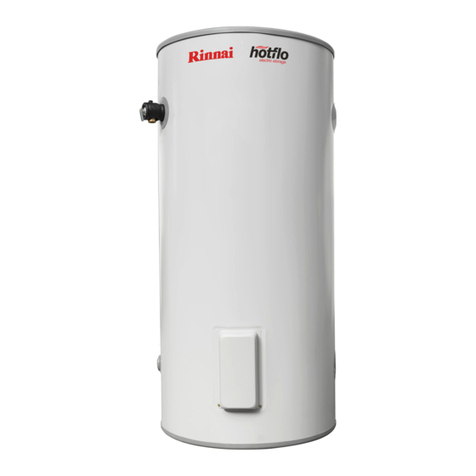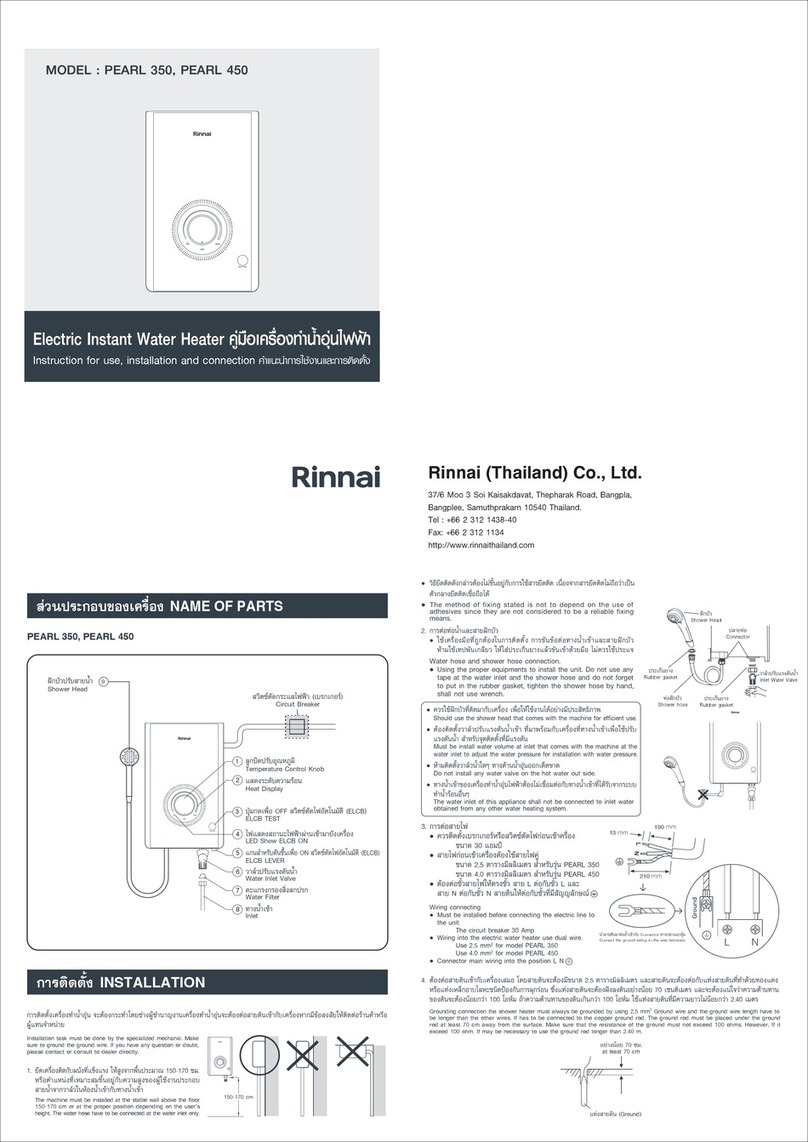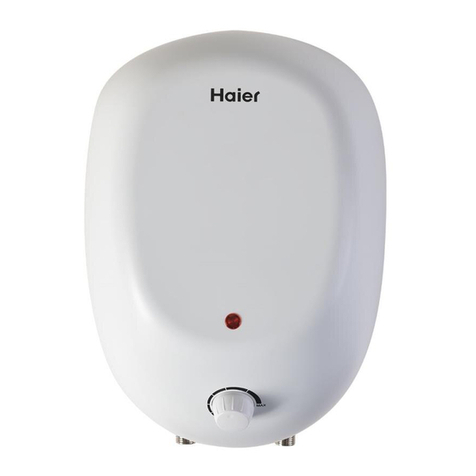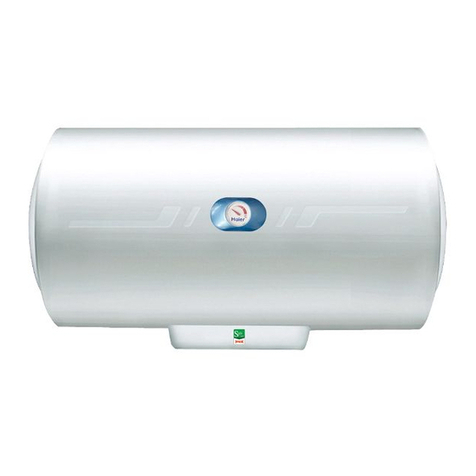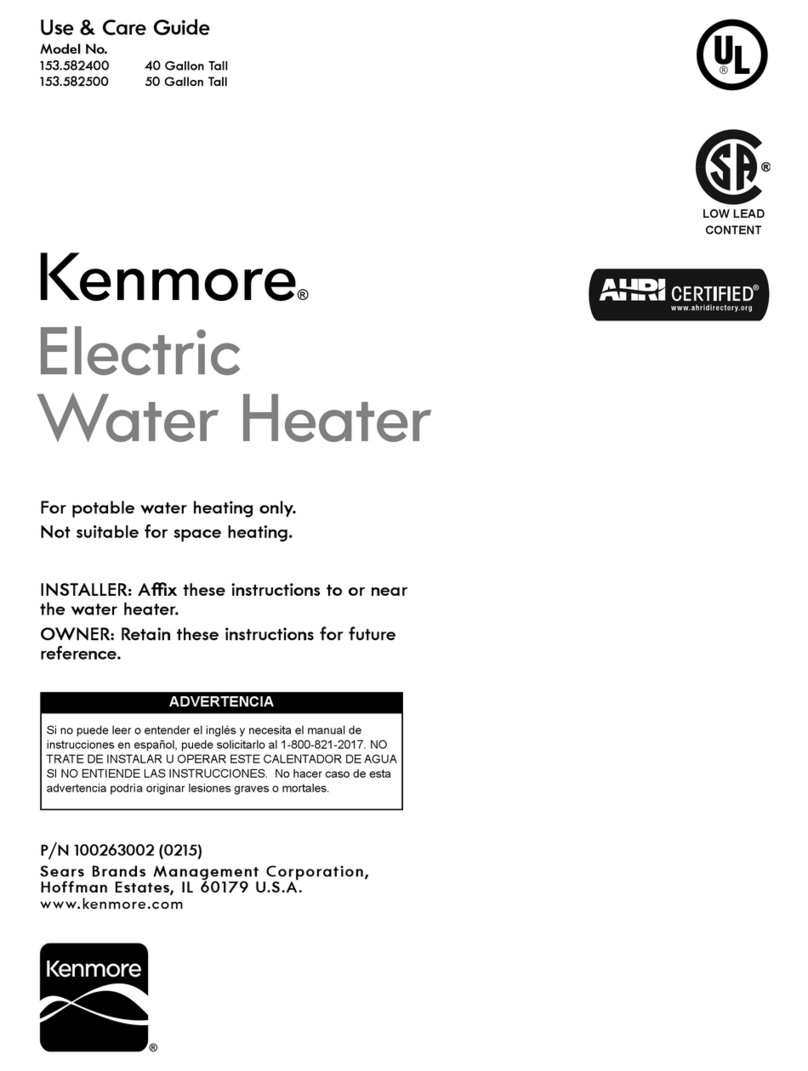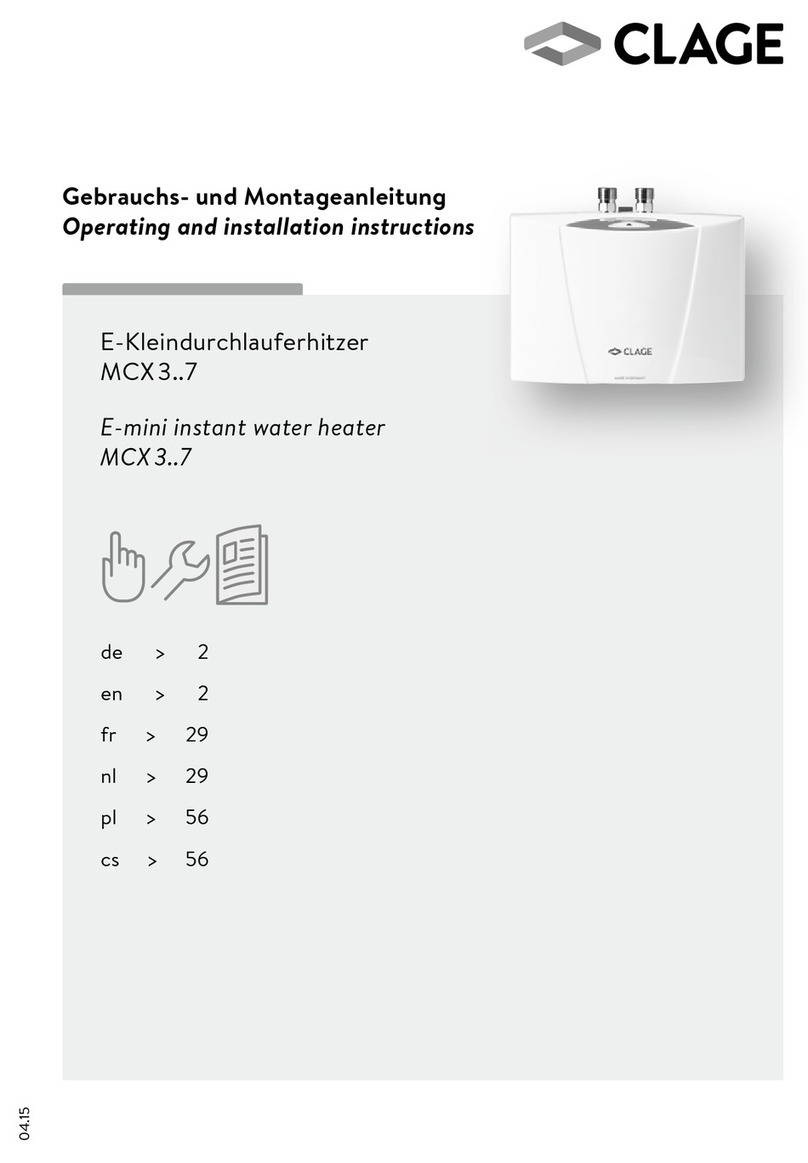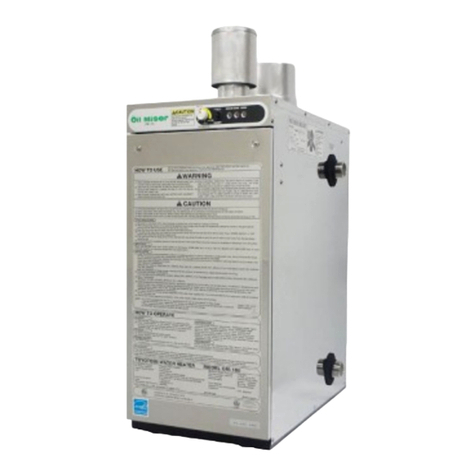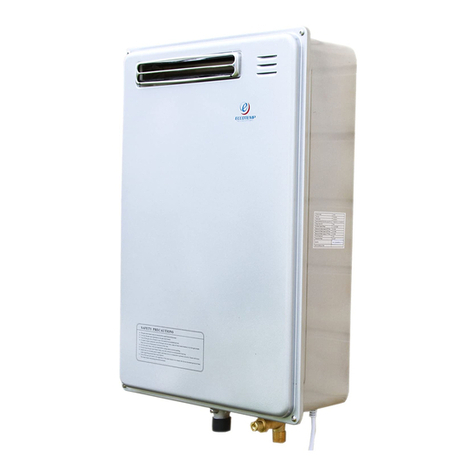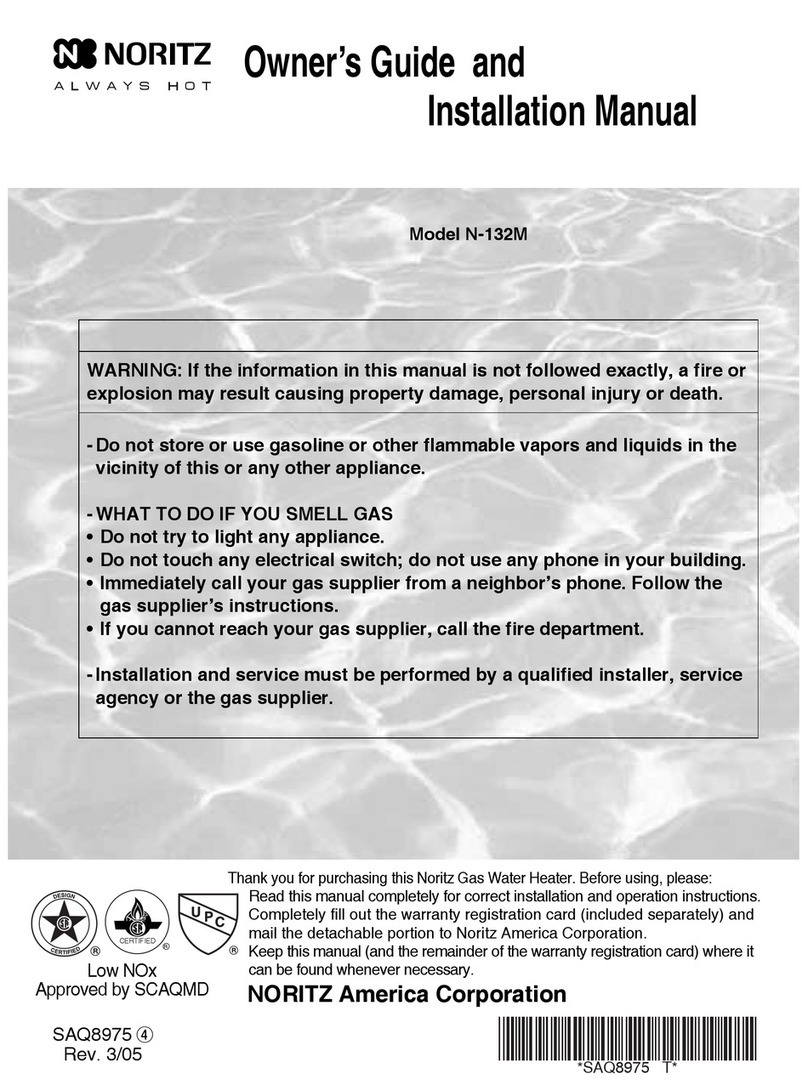Rinnai REU-VR2626W Series User manual
Other Rinnai Water Heater manuals

Rinnai
Rinnai REU-VA1320WF-US Specification sheet
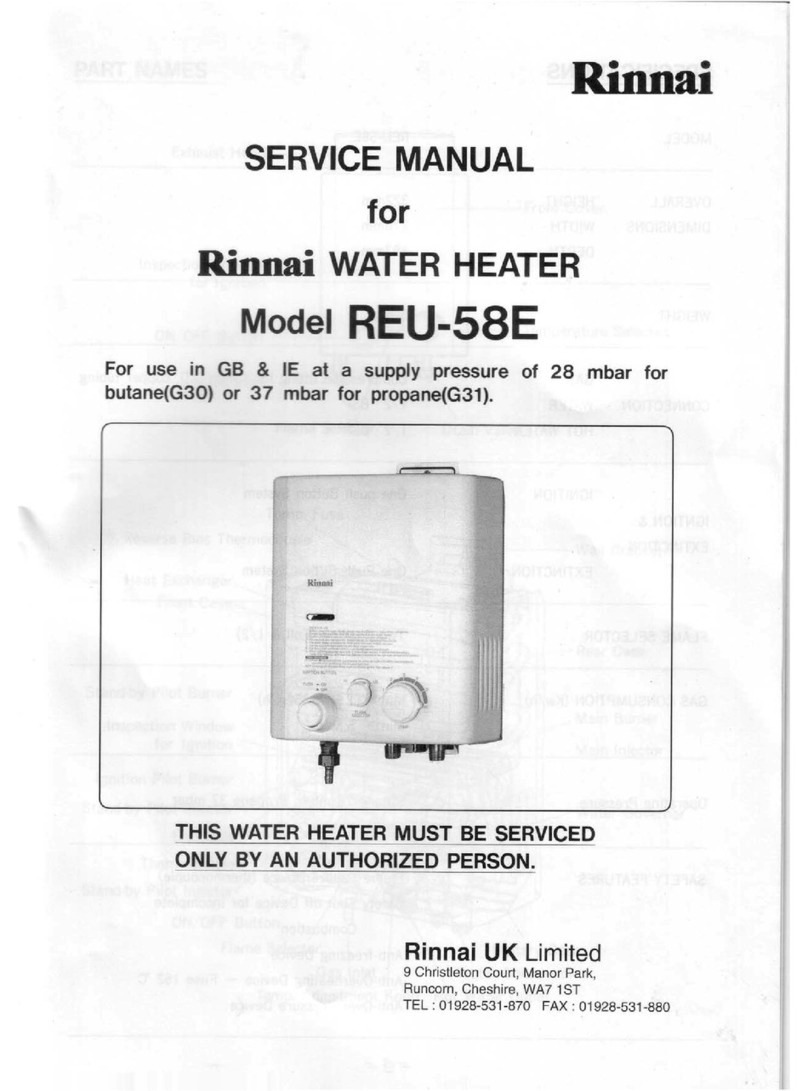
Rinnai
Rinnai REU-58E User manual

Rinnai
Rinnai Circ-Logic RL75i User manual
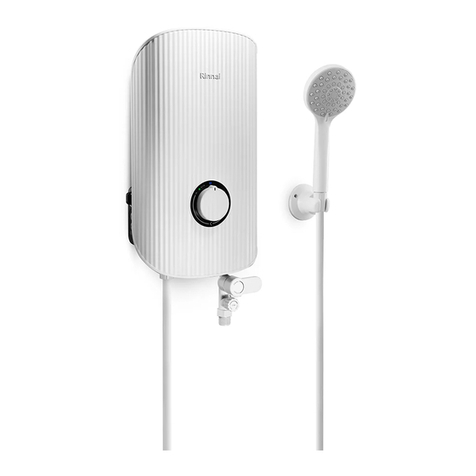
Rinnai
Rinnai REI-E380NP-B-WH Guide
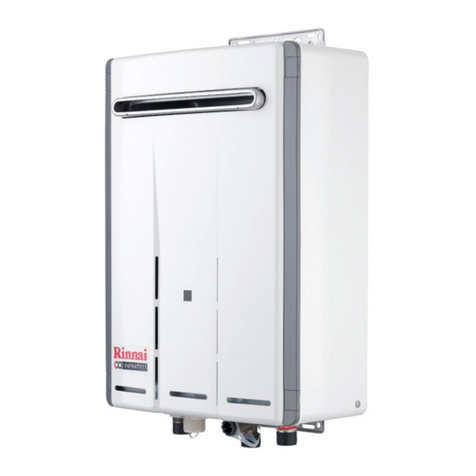
Rinnai
Rinnai REU-VRM1120WD-E Infinity 11e User manual
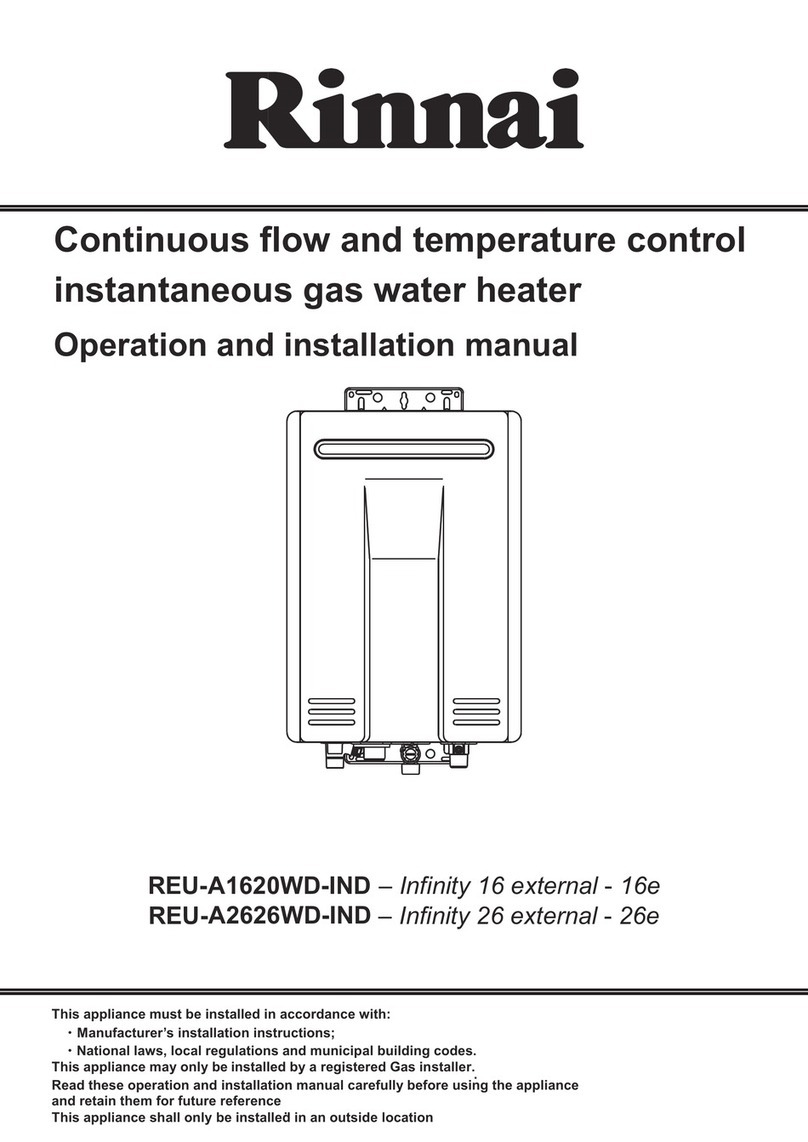
Rinnai
Rinnai REU- A1620WD-IND Specification sheet
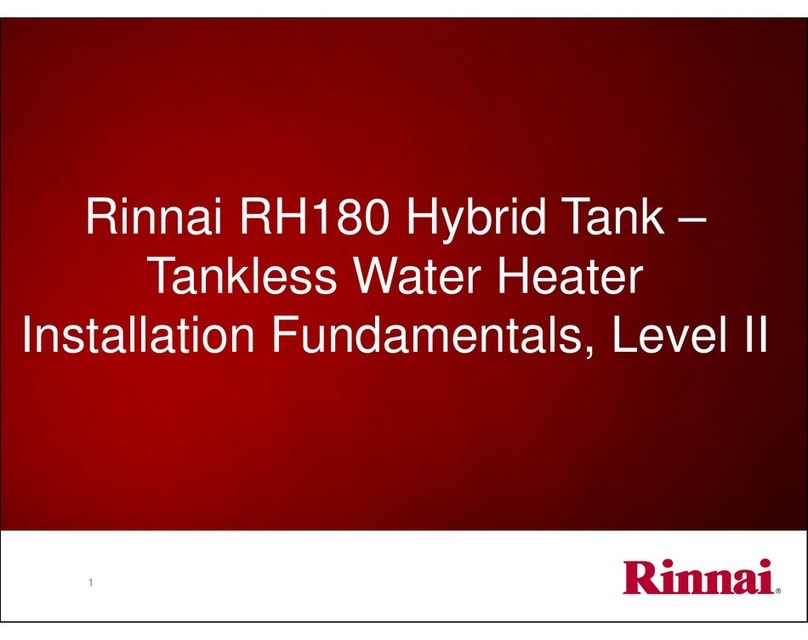
Rinnai
Rinnai RH180 User manual

Rinnai
Rinnai REU-VC2837FFU-US User manual
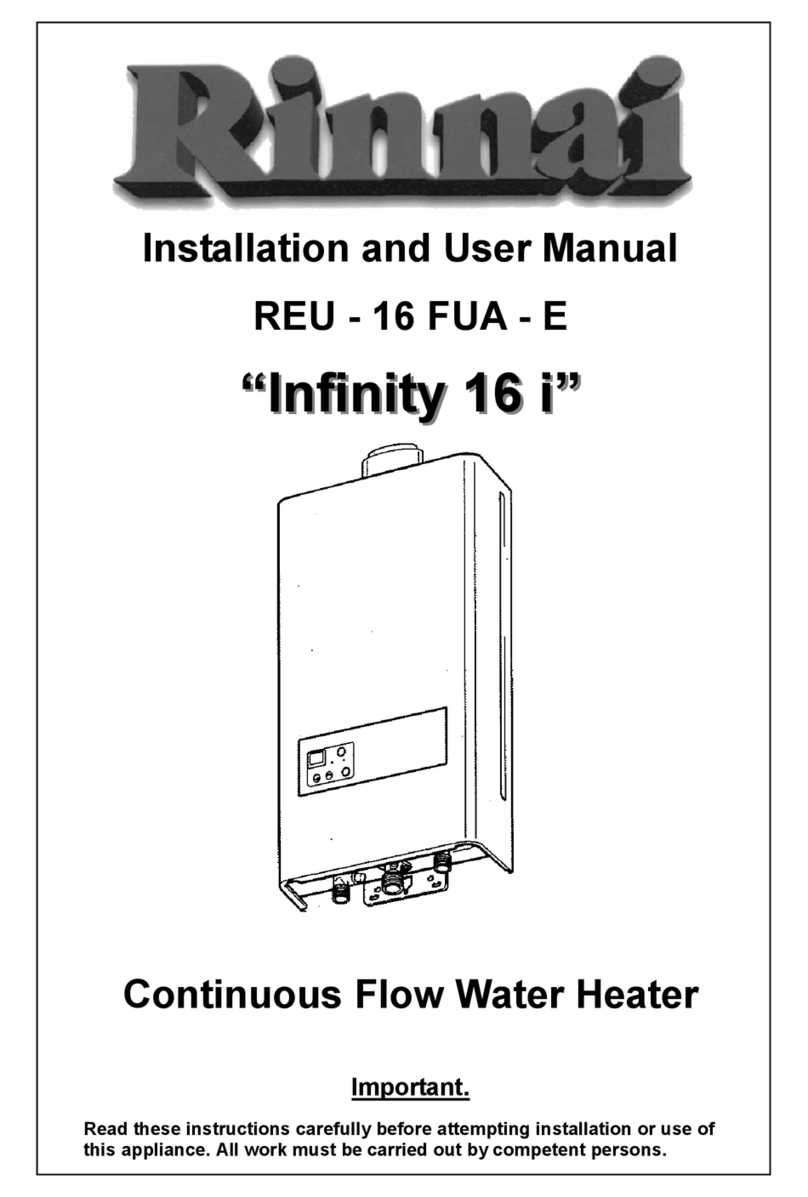
Rinnai
Rinnai REU - 16 FUA - E User manual

Rinnai
Rinnai INFINITY N56kWi User manual
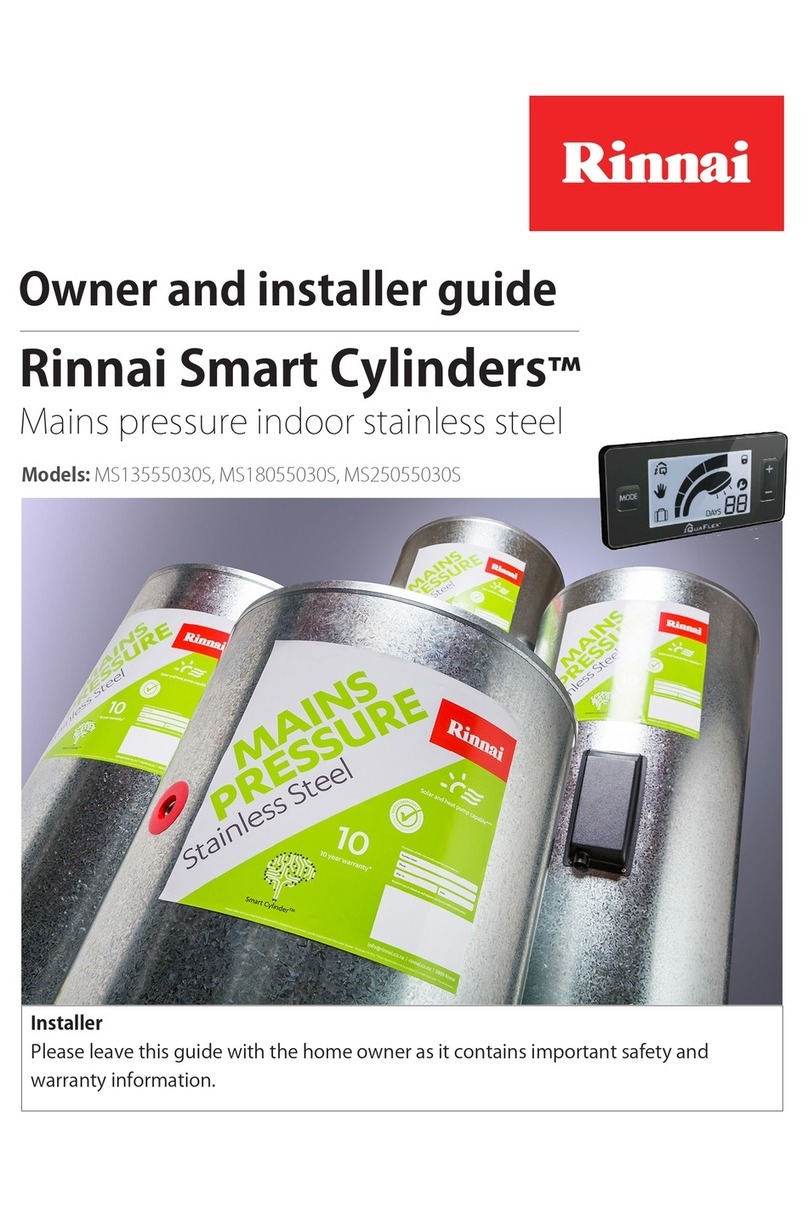
Rinnai
Rinnai Smart Cylinders Series Instructions for use
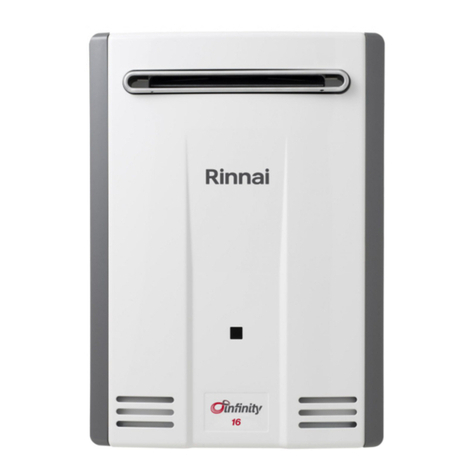
Rinnai
Rinnai Infinity 26 Touch User manual
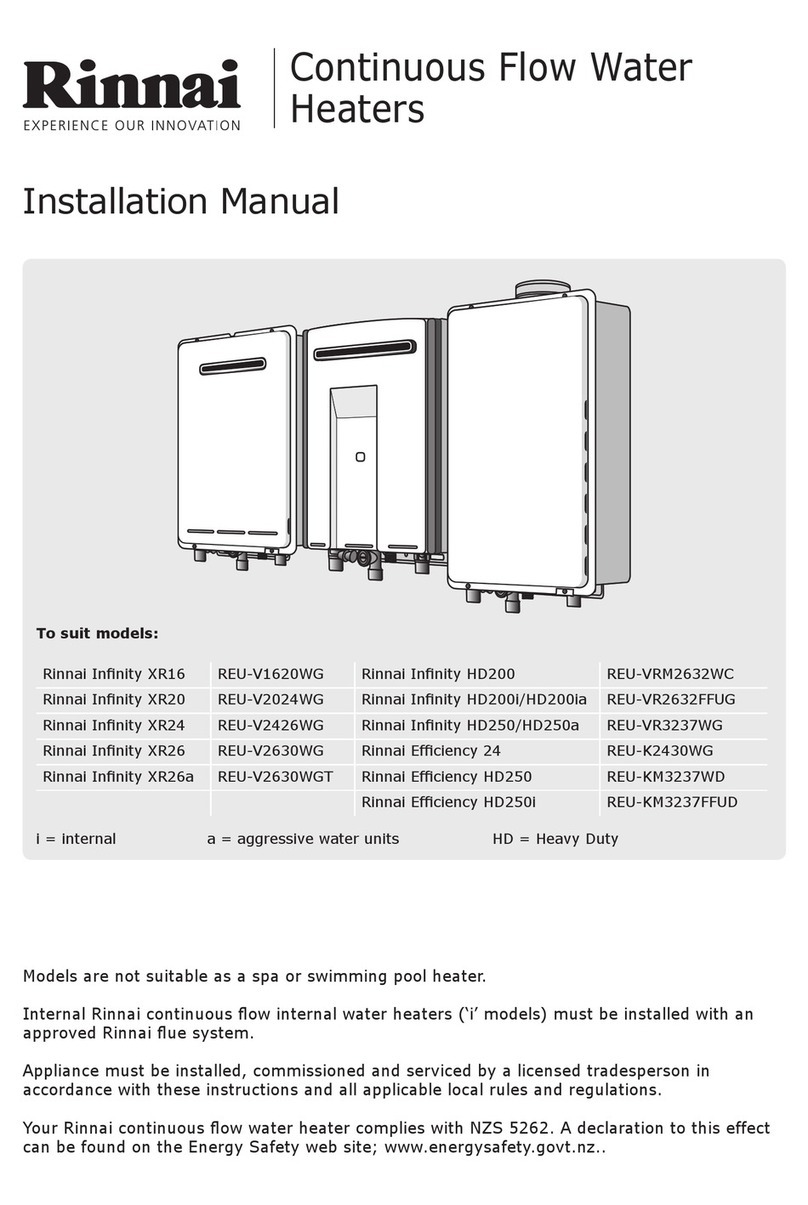
Rinnai
Rinnai Infinity XR16 User manual
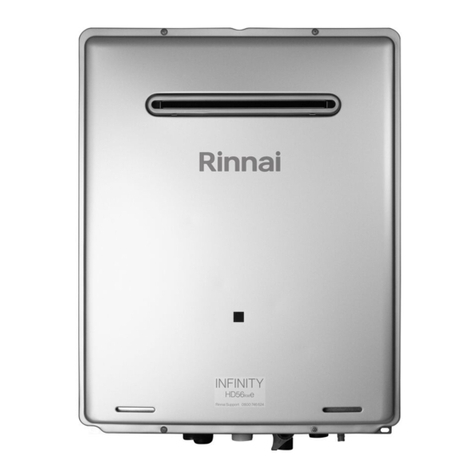
Rinnai
Rinnai HD56kWe external User manual
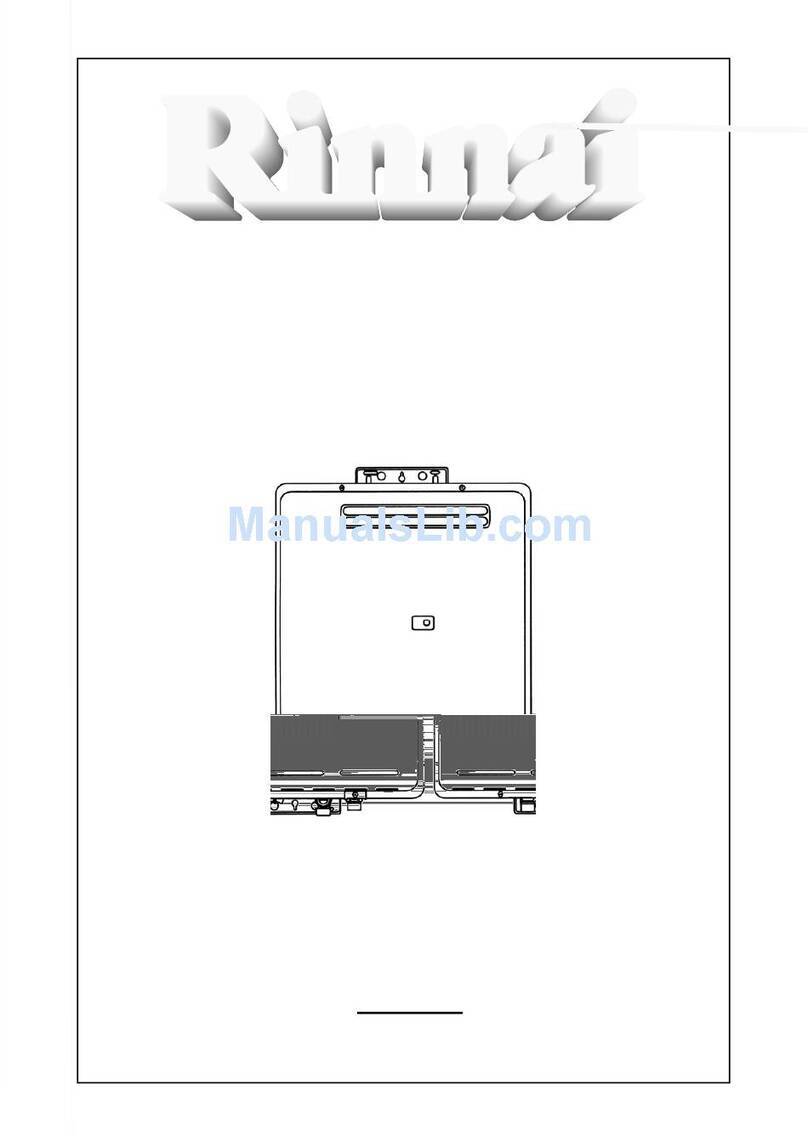
Rinnai
Rinnai HD70e User manual
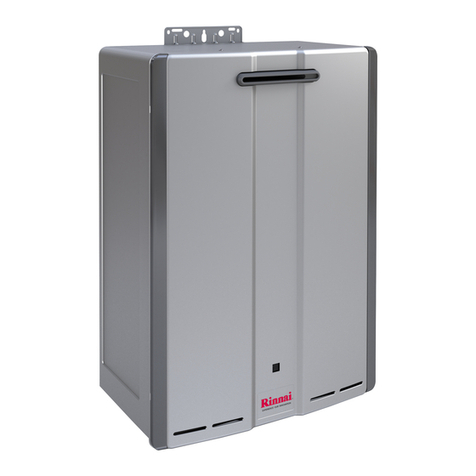
Rinnai
Rinnai ThermaCirc360 RUR199i User manual
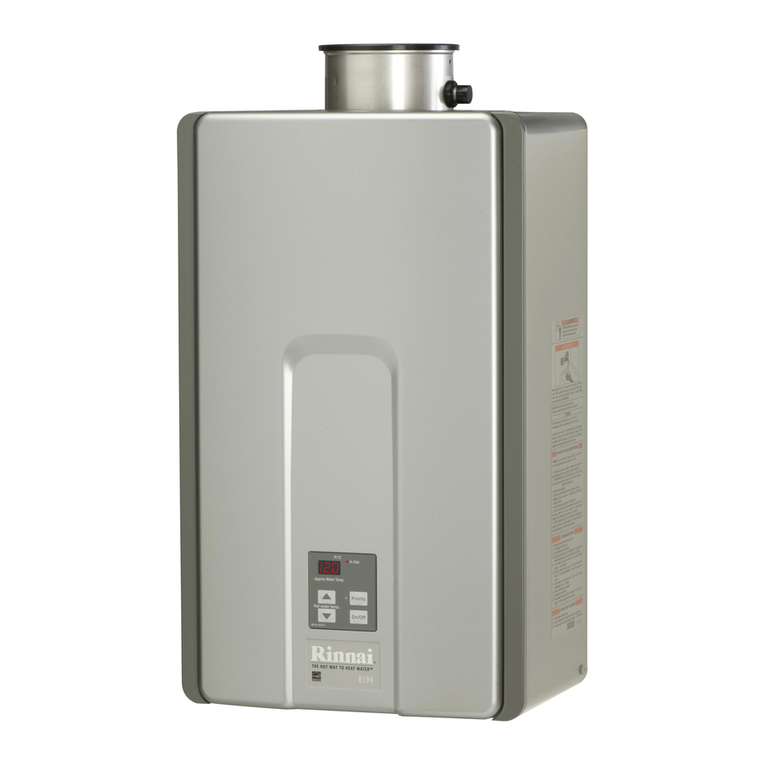
Rinnai
Rinnai Circ-Logic RL75i User manual
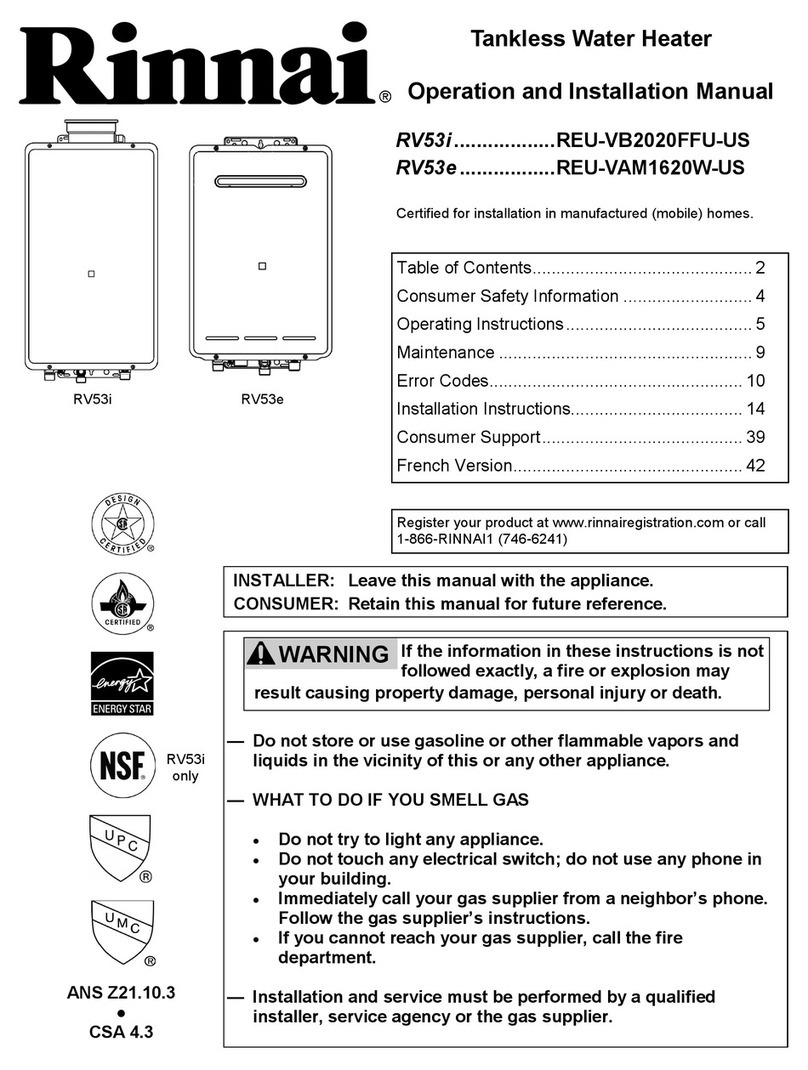
Rinnai
Rinnai RV53I Specification sheet
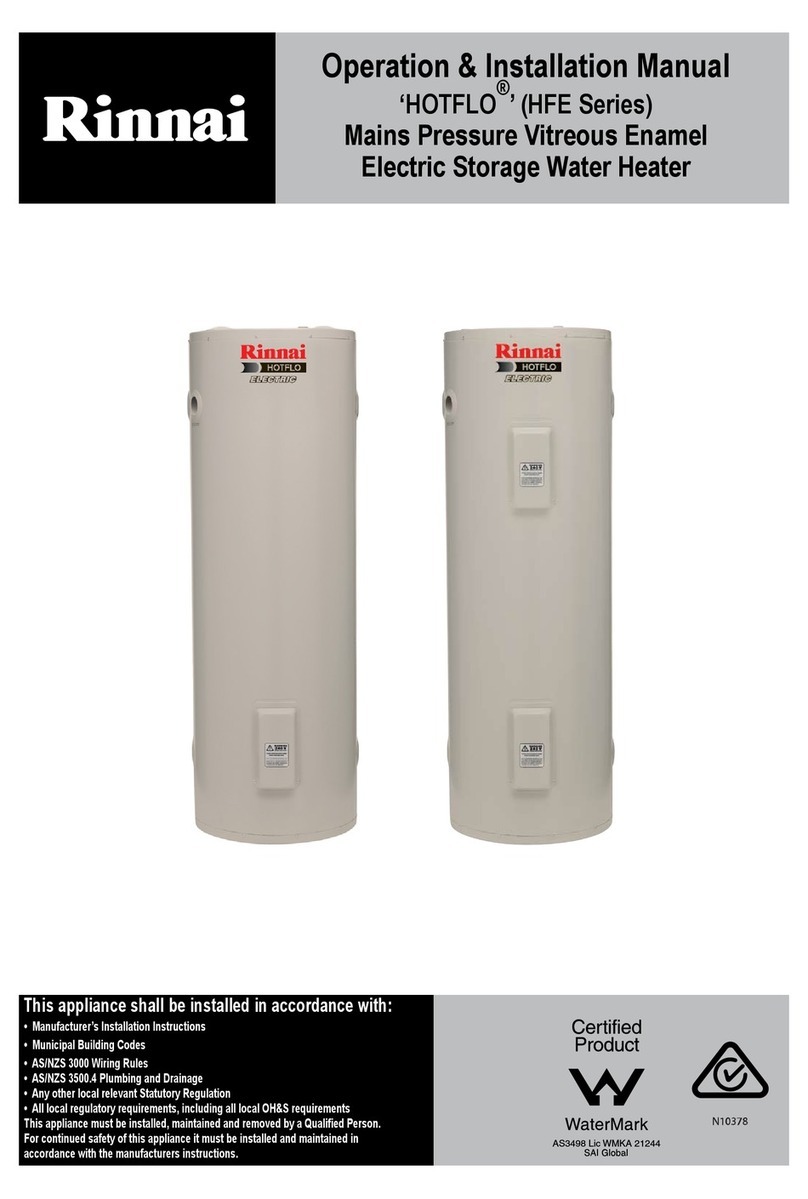
Rinnai
Rinnai HOTFLO HFE25S User manual
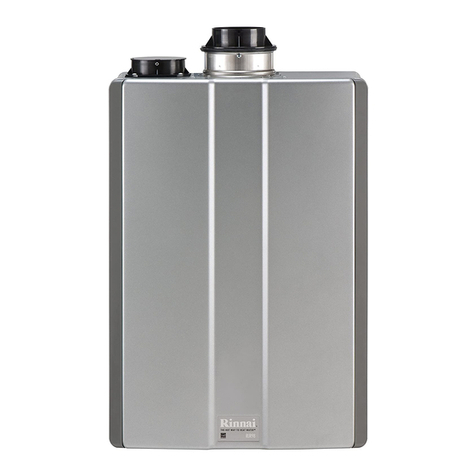
Rinnai
Rinnai RUR98i User manual
Popular Water Heater manuals by other brands
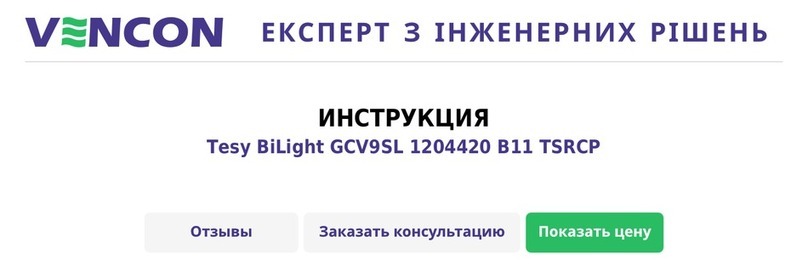
TESY
TESY GCV7/4S 10047 Instructions for use and maintenance
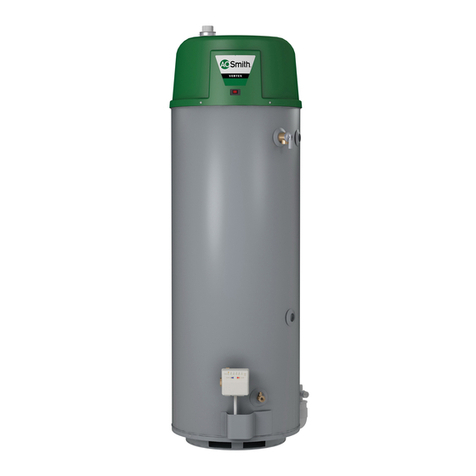
A.O. Smith
A.O. Smith Gphe 50 instruction manual

Toyotomi
Toyotomi Oil Miser OM-148 (Type D) Operation and maintenance instructions

Koryo
Koryo KWHZF15Y user manual
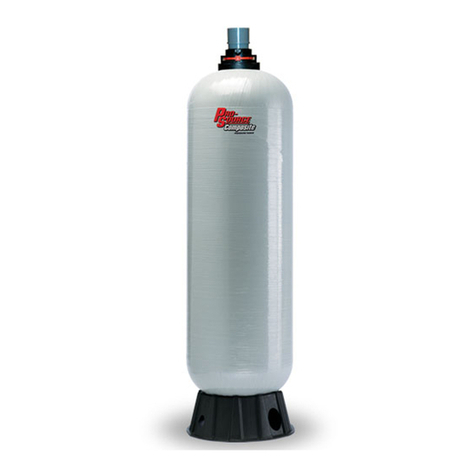
Pentair
Pentair PSC-14-4-02 Installation and operation manual

GE
GE 40M06AAG Energy guide


